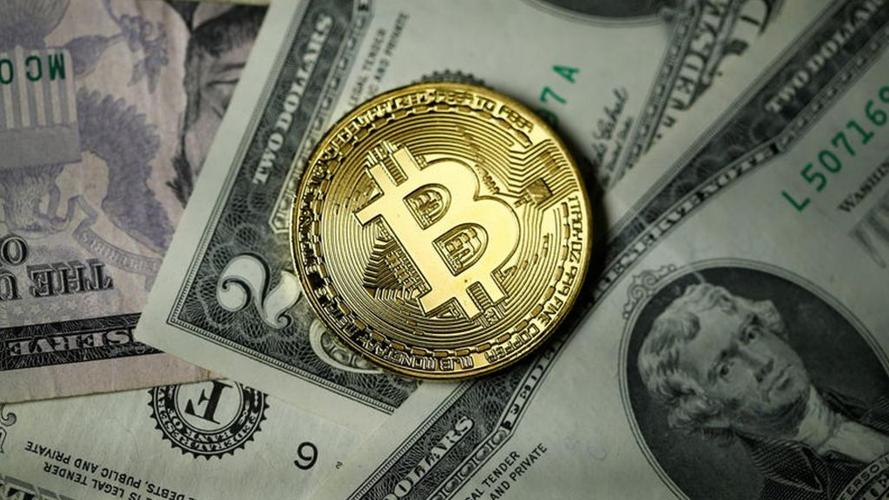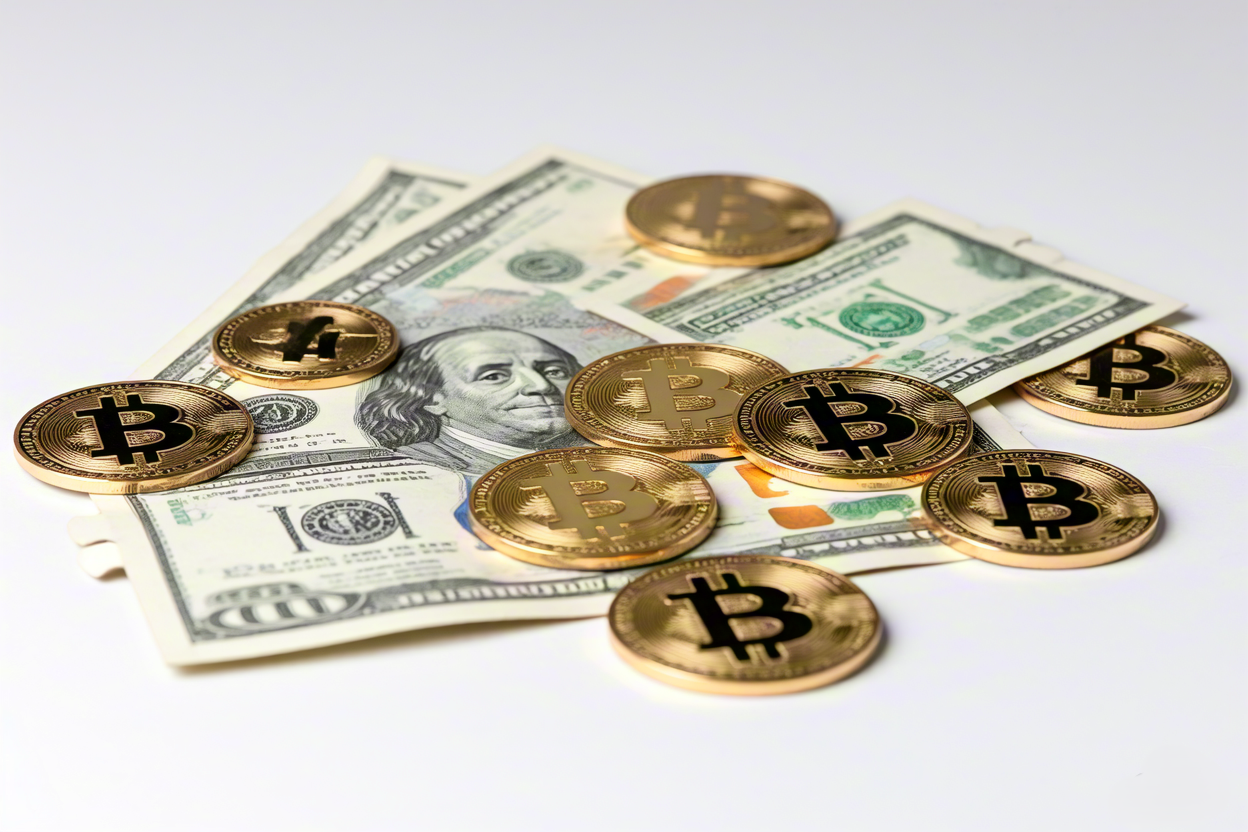As Bitcoin continues its ascent toward mainstream adoption, the debate on whether to spend Bitcoin directly or convert it into fiat is intensifying. One of the most recent developments in this space comes from Lava, a self-custodial Bitcoin borrowing platform that aims to bridge the gap between Bitcoin savings and traditional dollar spending.
This piece explores Lava’s latest offering—LavaUSD, a Bitcoin-backed stablecoin—and examines the larger conversation around Bitcoin usage, the challenges of spending BTC directly, and the future of Hyperbitcoinization.
Lava’s Self-Custodial Bitcoin Lending Platform
Lava has introduced an innovative self-custodial Bitcoin lending platform designed to address the common risks associated with traditional crypto lending services.
Unlike centralized platforms that require users to surrender control over their assets (and sometimes engage in risky practices like rehypothecation), Lava allows users to retain full control of their Bitcoin holdings through Discreet Log Contract (DLC).

The platform’s flagship product, Lava Vault, serves as a secure, self-custodial wallet and lending interface, available on both desktop and mobile. With a focus on security, Lava incorporates device-based secure chips for private key management and offers biometric authentication and two-factor authentication to safeguard funds. Encrypted backups provide additional protection against data loss, ensuring that users’ assets are secure at all times.
Lava also offers the ability for users to borrow US dollars against their Bitcoin holdings, allowing them to unlock liquidity without selling their Bitcoin. This feature is particularly attractive for Bitcoin HODLers who wish to maintain their exposure to BTC’s potential appreciation while still meeting immediate financial needs.
Introducing LavaUSD-A Dollar-Backed Stablecoin for Bitcoin Users
To solve the issue of spending Bitcoin in a world dominated by fiat currencies, Lava launched LavaUSD—a stablecoin backed by reserves that are invested in highly liquid instruments like short-term US Treasuries, money market funds, and repurchase agreements with trusted partners such as BlackRock and Fidelity. LavaUSD can be redeemed 1:1 for USD, making it a practical solution for global payments, while maintaining the security and decentralization of Bitcoin.
Key features of LavaUSD include:
- Instant and Global Transactions: LavaUSD offers 24/7/365 transaction support with instantaneous settlement, making it a practical tool for cross-border payments.
- Lower Transaction Costs: As a digital dollar, LavaUSD transactions are significantly cheaper and more efficient than traditional banking, avoiding unnecessary fees typically associated with fiat systems.
- Security and Transparency: Lava ensures that its reserves are segregated, held in bankruptcy-remote accounts with regulated financial institutions, providing full backing for LavaUSD even in the unlikely event of bankruptcy.
- Cross-Chain Swaps: The platform supports stablecoins across various networks via atomic swaps, allowing for greater flexibility in managing collateral and ensuring users can receive stablecoins even when using Bitcoin as collateral.
Lava’s approach to integrating stablecoins within the Bitcoin ecosystem demonstrates how Bitcoin and traditional finance can coexist, providing the stability of the US dollar without sacrificing the decentralized nature of Bitcoin.

Bitcoin Spending vs. Dollar Spending
The discussion surrounding whether Bitcoin should be used directly for transactions or converted to dollars continues to spark heated debates within the Bitcoin community.
Proponents of Hyperbitcoinization argue that Bitcoin’s long-term success hinges on its adoption as a global currency, with direct spending helping to propel this vision forward. They believe that Bitcoin’s decentralized nature and limited supply make it the ideal solution for a future where traditional financial systems are rendered obsolete.
However, critics argue that spending Bitcoin now may undermine its potential as a store of value. Bitcoin’s price has increased exponentially since its inception, from mere pennies to over $100,000 by 2025, and many analysts predict further appreciation. Spending Bitcoin today could mean forfeiting significant future gains, especially as the scarcity of BTC continues to drive its price upward.
In addition, the tax implications of spending Bitcoin complicate the issue. In countries like the United States, where the IRS treats Bitcoin as property, every transaction is considered a taxable event.
This creates a significant burden for users, who must track the cost basis, report gains, and pay capital gains taxes of up to 37% for short-term profits or 20% for long-term holdings. These complexities discourage spending Bitcoin directly, especially when alternatives like LavaUSD provide a more tax-efficient way to access dollar liquidity.
Why Holding Bitcoin May Be More Beneficial Than Spending It
Given Bitcoin’s continued upward trajectory, analysts predict that the cryptocurrency could reach $200,000 or more by 2030, driven by inflation hedging and a weakening fiat system.
For Bitcoin holders, spending Bitcoin now could lock in value at a fraction of its potential future worth. Instead of spending, many HODLers choose to retain their Bitcoin in order to maximize its appreciation over time.

Alternatives like Lava’s lending platform offer a way to access liquidity without selling Bitcoin. By borrowing dollars against their Bitcoin holdings, users can meet short-term financial needs without giving up future gains.
This strategy aligns with the HODL philosophy—holding Bitcoin to benefit from its long-term growth—while providing a solution to immediate financial needs via stablecoins or dollar loans.
To strike a balance between spending and holding Bitcoin, a buy-back strategy offers an attractive solution. By borrowing dollars against Bitcoin via Lava’s self-custodial lending platform, users can spend those funds and later repurchase Bitcoin at a potentially lower price.
This approach allows users to access liquidity without selling their BTC, preserving their long-term holdings while taking advantage of short-term market opportunities.
For example, if a user borrows $10,000 against 0.1 BTC (worth $100,000), they can spend that money now and commit to buying back 0.09 BTC at a lower price of $90,000 later, thus increasing their holdings if Bitcoin appreciates. This strategy not only mitigates tax exposure but also aligns with the goal of holding Bitcoin for long-term value appreciation.
The Future of Hyperbitcoinization
As the Bitcoin ecosystem continues to evolve, the tension between saving in Bitcoin and spending in dollars will likely remain a defining issue for the community.
Holding Bitcoin maximizes its scarcity-driven potential, benefiting from increasing demand and limited supply. However, spending it directly can lead to significant tax liabilities and missed opportunities for long-term growth.
Stablecoins like LavaUSD provide a practical workaround, allowing users to spend in a stable currency while preserving their Bitcoin holdings.
As Hyperbitcoinization becomes a reality, we may see more Bitcoin-centric financial products emerge, enabling users to navigate the complex landscape between Bitcoin as a store of value and fiat currencies as a means of transaction.
In the end, the journey toward a Bitcoin-dominated future will be shaped by how Bitcoiners balance the desire to hold onto their precious BTC with the reality of a fiat-based world.
Platforms like Lava are helping pave the way for this future, offering innovative solutions that integrate Bitcoin into everyday life without compromising its long-term value.
